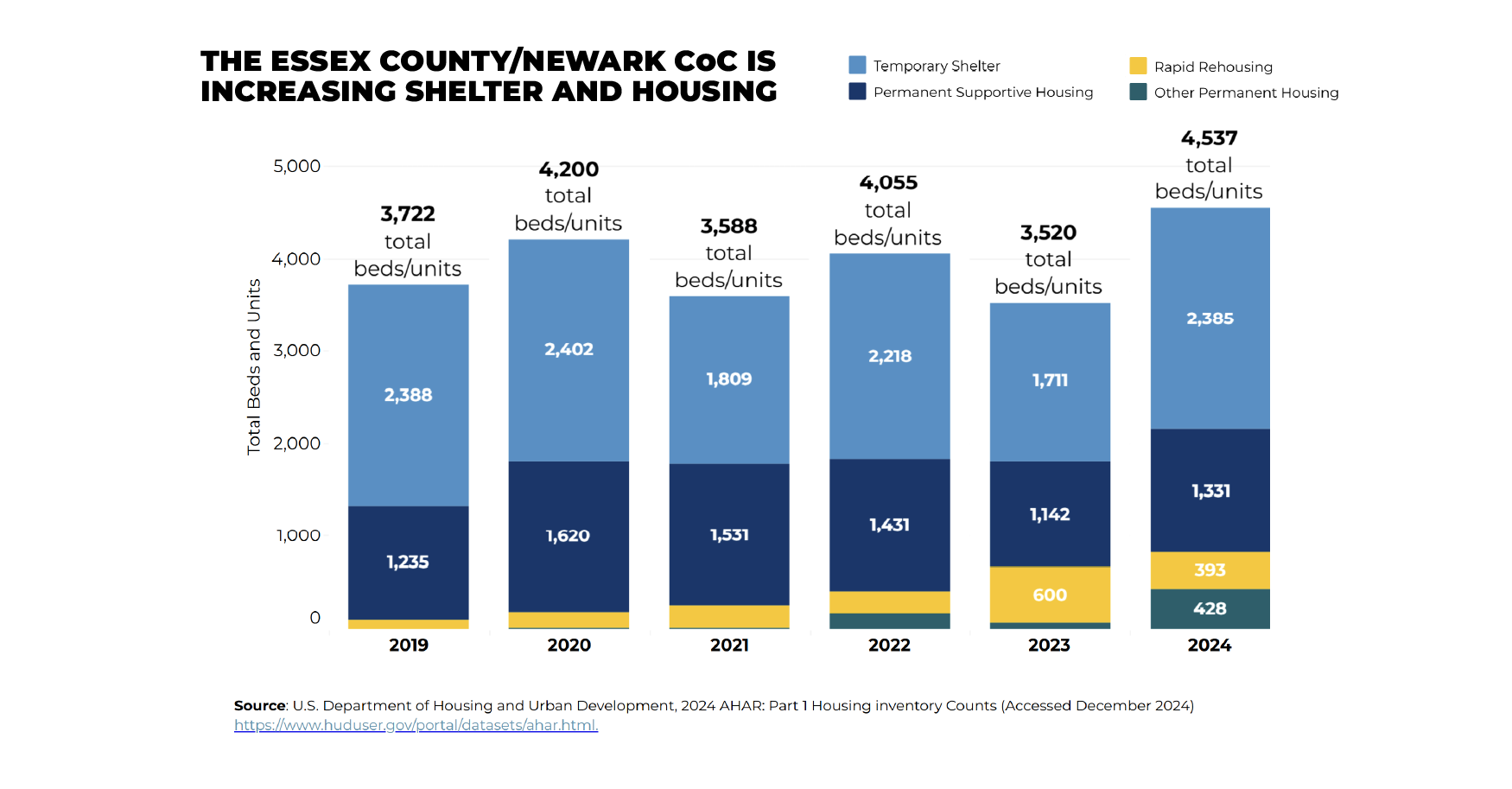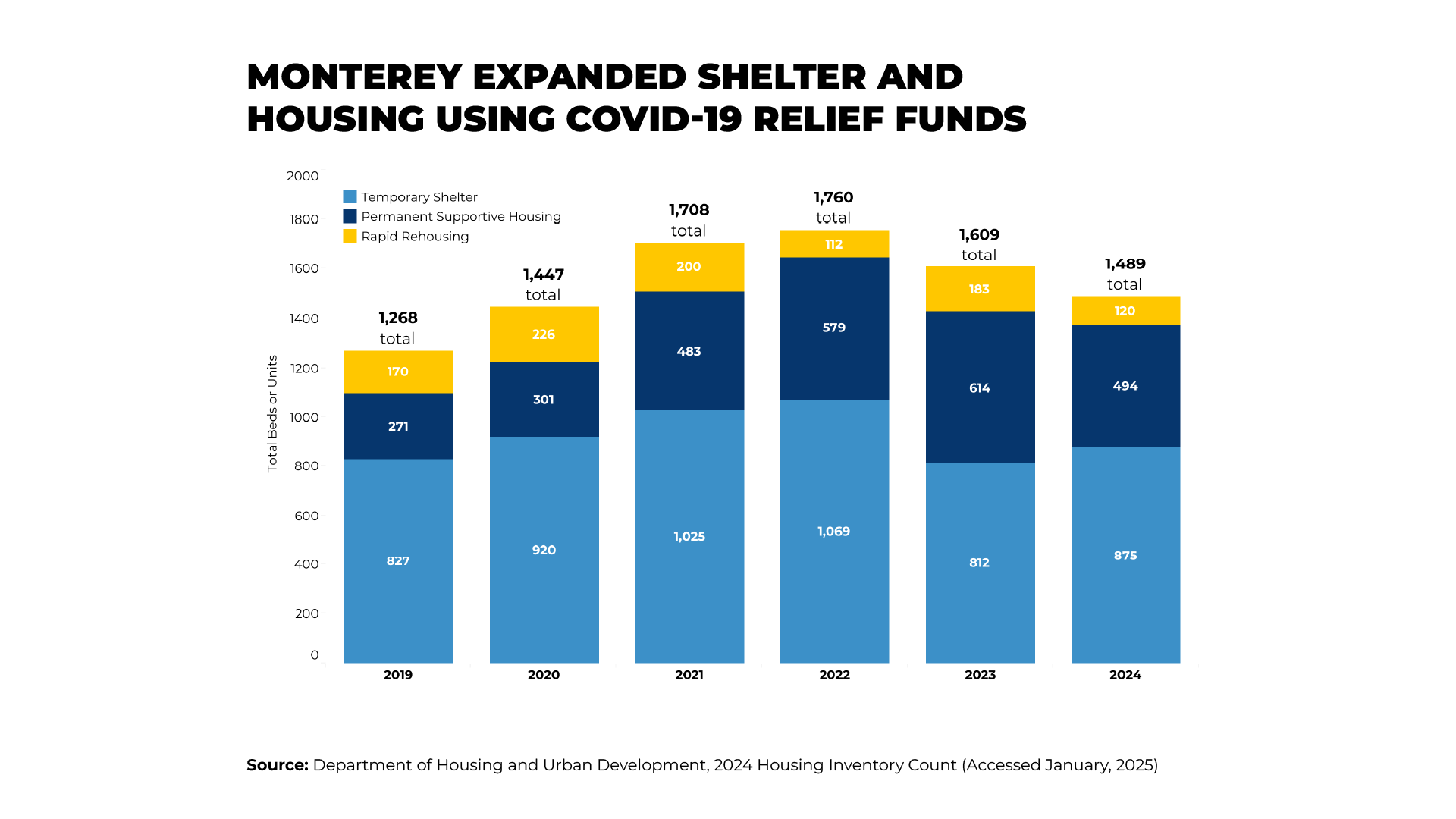Transgender homeless youth have unique experiences and trajectories into homelessness that require solutions that are equally accessible and inclusive. One of the ways this can be achieved is through improving cultural competency to meet their needs.
Many transgender youth are forced to leave home, and sometimes their communities, because they are not accepted by their families and support systems. Transgender youth may have fewer people to turn to in a time of crisis and therefore become homeless and at-risk of exposure to exploitation on the streets.
When homeless, these vulnerable youth face difficulties if providers are not educated and trained to give them non-discriminatory support services, or when they are placed in unsafe and isolating shelter situations, or are not housed with peers that are congruent to their gender identity.
Definitions
- Transgender: An umbrella term for people whose gender identity, expression or behavior is different from those typically associated with their assigned sex at birth, including but not limited to transsexuals, crossdressers, androgynous people, genderqueers, and gender non-conforming people. Transgender is a broad term and is good for providers to use.
- Gender Identity: An individual’s internal sense of being male, female, or something else. Since gender identity is internal, one’s gender identity is not necessarily visible to others.
- Gender Expression: How a person represents or expresses gender identity to others, often through behavior, clothing, hairstyles, voice or body characteristics.
- Genderqueer: A term used by some individuals who identify as neither entirely male nor entirely female. Genderqueer is an identity more common among young people.
- Gender Non-conforming: A term for individuals whose gender expression is different from the societal expectations based on their assigned sex at birth.
- FTM: A person who has transitioned from “female-to-male,” meaning a person who was assigned female at birth, but now identifies and lives as a male. Also known as a “transgender man.”
- MTF: A person who has transitioned from “male-to-female,” meaning a person who was assigned male at birth, but now identifies and lives as a female. Also known as a “transgender woman.”
- Sex Reassignment Surgery: Surgical procedures that change one’s body to make it conform to gender identity. This may include “top surgery” (breast augmentation or removal) or “bottom surgery” (altering genitals). Contrary to popular belief, there is not one surgery; in fact there are many different surgeries. “Sex change surgery” is considered a derogatory term by many.
- Sexual Orientation: A term describing a person’s attraction to members of the same sex or different sex. Usually defined as lesbian, gay, bisexual, or heterosexual.
- Transition: The period during which a person begins to live as their new gender. Transitioning may include changing one’s name, taking hormones, having surgery, or changing legal documents (e.g. driver’s license, Social Security number, birth certificate) to reflect their new gender.
Definitions taken from Transitioning Our Shelters: A Guide to Making Homeless Shelters Safe for Transgender People.
Data
There are many challenges associated with counting the transgender population in the United States, but a recent study estimates that nearly 700,000 individuals, or approximately 0.3% of the American population, identify as transgender. The most comprehensive study of the community, which surveyed nearly 7,000 transgender adults nationwide, yielded responses to questions about nearly every facet of a transgender person’s life. The data on housing illustrate the bleak realities facing these individuals:
- 19 percent reported having been refused a home or apartment;
- 11 percent reported being evicted because of their gender identity/expression;
- 19 percent experienced homelessness at some point in their lives because they were transgender or gender non-conforming;
- Of those seeking access to homeless shelters:55 percent trying to access a homeless shelter were harassed by shelter staff or residents;
- 29 percent were turned away from a shelter altogether;
- 22 percent were sexually assaulted by residents or staff; and
- 1.7 percent of the respondents were currently homeless, compared to only 1 percent of the general population.
The study respondents were all adults, including 19 percent between the ages of 18 and 24. If youth providers fail to improve the quality of their services and cultural competency, transgender youth under the age of 18 will face similar challenges and disparities.
Most jurisdictions do not individually tabulate their homeless transgender population, but many count the broader population of homeless lesbian, gay, bisexual, transgender and questioning (LGBTQ) youth. These studies have found that gay and transgender youth comprise between 7 and 39 percent of the homeless youth population, although they are only thought to make up between 5 to 7 percent of the overall youth population. Homeless transgender youth may not be overrepresented in all jurisdictions, but the data indicate that they will almost certainly be present within any given population of homeless youth.
Recommendations
Since transgender youth have unique experiences and trajectories into homelessness, solutions must be tailored that are accessible and inclusive for this population:
Create a welcoming environment where non-discrimination and non-harassment policies are implemented and communicated to all youth, families, and community partners:
- Foster an inclusive environment where youth feel safe exploring their emerging identities;
- Enforce an inclusive organizational culture consistently;
- Convey leadership commitment to inclusiveness at all levels of the organization; and
- Prevent harassment or discrimination of any kind by creating an environment where youth will feel safe to access programs and services.
Place youth in safe and appropriate shelter and housing programs based upon both their gender identity and an individualized assessment:
- Defer to how transgender youth self-identify with their gender and do not assign them to the boys or girls unit strictly according to their anatomical sex;
- Do not isolate transgender youth from other youth in an attempt to keep them safe;
- Adapt policies on bathrooms, showers and changing areas to ensure the safety and comfort of transgender youth ; and
- Incorporate the opinions of the youth and their mental health providers when making housing decisions
Make cultural competency training available and mandatory for all employees to ensure that a welcoming and inclusive environment is created:
- Provide ongoing training for all personnel and providers to ensure the effective implementation of an organizational non-discrimination policy; and
- Use training to replace societal myths and misconceptions with practical, research-based information regarding transgender youth.
Deliver family intervention services that increase family acceptance of their child’s sexual orientation and/or gender identity to decrease youth’s risky behavior:
- Provide family intervention by a knowledgeable provider to help families adjust more rapidly to learning more about their child’s LGBTQ identity; research indicates that families become more accepting within two years of learning about their child’s LGBTQ identity, and that intervention by a knowledgeable provider can help families adjust more rapidly; and
- Educate families about the effect of their words, actions, and behaviors on their child’s well-being to decrease risky behavior in youth; successful interventions can increase understanding, decrease rejection, and improve the child’s health and mental health outcomes.
Partner with LGBT and/or transgender specific organizations in your community to better provide services and referrals to youth and their families, and participate in coalitions to make other programs aware of services for LGBT youth:
- Ensure that youth are aware of programming and counseling opportunities related to their sexual orientation and/or gender identity;
- Maintain an updated resource list of local services for transgender youth; and
- Provide resources to other organizations seeking to serve transgender youth.
Improve targeting and outreach for transgender youth by tailoring street outreach efforts to locales where transgender youth congregate:
- Engage transgender youth proactively to make them aware of services – youth tend to have a strong network of peers who share information; and
- Communicate with police to determine where particular youth tend to congregate.
Collect and manage confidential information during the intake process to inform programmatic and policy responses, and to ensure that staff do not violate a youth’s privacy:
- Avoid asking direct questions about a youth’s gender identity – adopt an approach that allows the youth to divulge the information at their own pace and on their own terms;
- Avoid making assumptions based on a youth’s physical appearance or behavior;
- Develop internal policies and procedures regarding privacy and confidential information; and
- Ensure that all employees are thoroughly trained and knowledgeable regarding the maintenance and disclosure of confidential information.
Provide or make available supportive healthcare services that meet the unique health needs of transgender youth to improve their access to proper health care:
- Provide access to medical and mental health professionals who can help assess whether hormone treatment is appropriate for transgender and gender nonconforming youth;
- Ensure that medical and mental health professionals are experienced with transgender standards of care; and
- Recognize that transgender youth will have unique medical and mental health needs as compared to their non-transgender peers.
Stay Updated: Solutions, Stories, and Ways to Make an Impact
Sign up to receive updates on the Alliance’s work, including the latest research, advocacy efforts, and real stories of progress — plus ways you can help drive lasting change.













